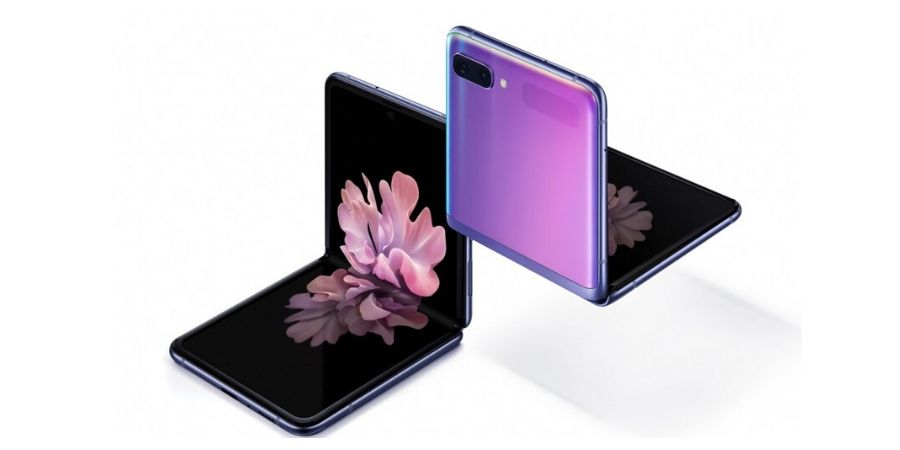Now that video content consumption and video gaming are becoming popular, most people prefer having smooth, fluid visuals. For improving the experience, Variable Refresh Rate (VRR) technology has emerged as a game-changer. It allows an enhanced viewing experience and more immersive gameplay. So, it is important for people to know about Variable Refresh Rate. While buying a smart TV or a monitor, you need to consider it as a important factor. In this blog post, we will explain Variable Refresh Rate, how it works, and the different types of Variable Refresh Rate. I will also talk about the impact of Variable Refresh Rate on video and gaming experiences.
What is Variable Refresh Rate?
Variable Refresh Rate, commonly referred to as VRR, is a display technology that synchronizes the refresh rate of a display with the output of the source device. The source device could be the graphics card or game console. Traditionally, displays operate at fixed refresh rates (e.g., 60Hz or 120Hz). Refresh rate refers to the number at which the display refreshes the screen per second. VRR enables the display to dynamically adjust its refresh rate according to the input it receives.
How Does Variable Refresh Rate Work?
VRR technology relies on a two-way communication protocol between the source device and the display. When VRR is enabled, the display informs the source device of its current refresh rate capabilities. Then, the source device automatically adjusts its output frame rate to match the display’s refresh rate. It results in a synchronized and tear-free viewing experience.
VRR uses either an adaptive sync or variable refresh rate technology to achieve the dynamic refresh rate. Adaptive sync includes standards like AMD FreeSync and NVIDIA G-Sync. On the other hand, variable refresh rate technology includes HDMI VRR and DisplayPort Adaptive Sync (DP VRR).
Types of VRR:
- AMD FreeSync: FreeSync is an open standard developed by AMD. It allows compatible displays to dynamically adjust their refresh rates based on the output from AMD GPUs. It provides a smoother and tear-free experience for gaming and video playback.
- NVIDIA G-Sync: G-Sync is NVIDIA’s proprietary technology. It performs similar to FreeSync but is exclusive to NVIDIA GPUs and G-Sync-compatible monitors. It ensures a seamless and tear-free gaming experience.
- HDMI VRR: HDMI VRR is a standard supported by HDMI 2.1 and newer versions. It allows for variable refresh rates on HDMI-connected displays. So, it provides VRR compatibility to a wider range of devices, including gaming consoles, media players, and televisions.
- DisplayPort Adaptive Sync (DP VRR): DP VRR is an open standard based on the VESA DisplayPort specification. It enables variable refresh rates for DisplayPort-connected monitors and graphics cards.
AMD FreeSync and NVIDIA G-Sync are mainly used in monitors. Consider the one depending on the GPU in your PC. HDMI VRR is commonly used in smart TVs. It has become the popular choice for smart TV manufacturers due to its wide compatibility and ability to enhance gaming and video playback.
Also see: G-Sync vs FreeSync: Which Variable Refresh Tech Should You Choose?
VRR technology significantly enhances both video and gaming experiences. VRR ensures a more cohesive and natural visual flow by eliminating screen tearing, where the display shows fragments of multiple frames simultaneously. This results in a more immersive viewing experience when watching movies, TV shows, or any video content.
In gaming, VRR reduces input lag and stuttering for ensuring smoother gameplay. It eliminates the need for vertical synchronization (V-Sync) that can introduce input lag and frame rate limitations. VRR allows gamers to enjoy fluid animations, more precise control, and reduced visual artifacts, enabling them to react more quickly and effectively in fast-paced games.
Also read: DisplayPort vs HDMI: What Is Better For Gaming?
Conclusion
Variable Refresh Rate technology has revolutionized the way we experience videos and games on modern displays. Now most smart TVs are equipped with VRR. By dynamically adjusting the refresh rate, VRR eliminates screen tearing, reduces input lag, and provides smoother visuals. So, it enhances both video playback and gaming experiences. If you are buying a smart TV for gaming, make sure it has VRR. While buying a monitor, check for G-Sync or Free Sync. If you have NVIDIA GPU, make sure the monitor supports G-Sync. For AMD GPUs, prefer Free Sync.






